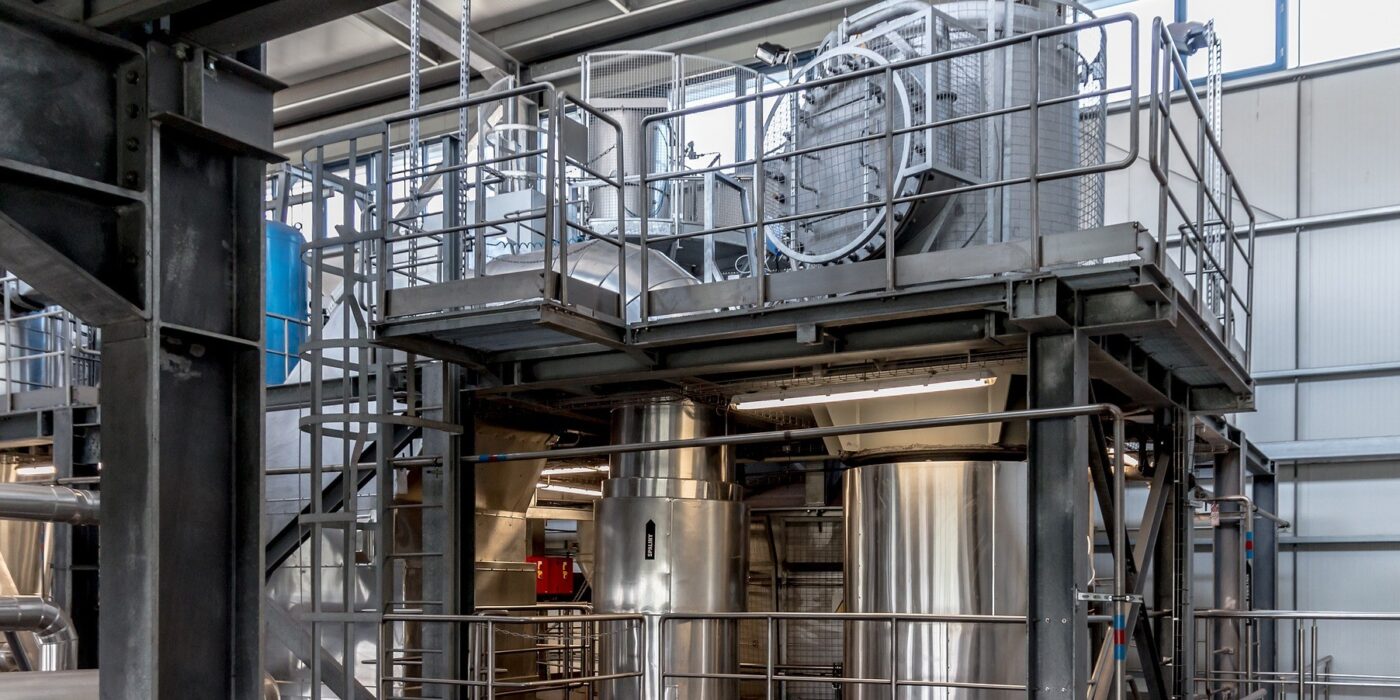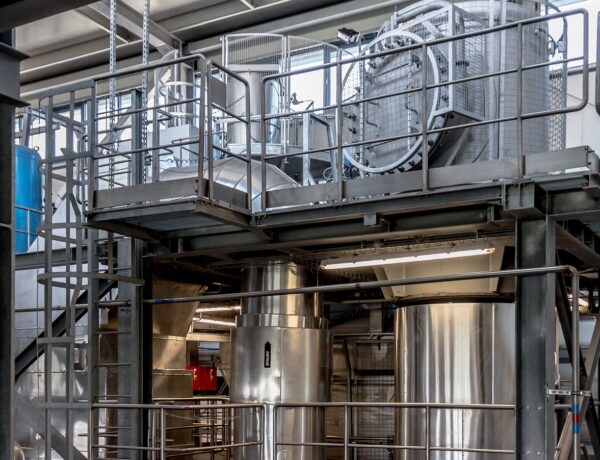

California’s Workforce and Labor Development Infrastructure
Pam Sornson, JD
If it takes a village to raise a single child, then it must take many villages to bring up a workforce. Fortunately, California and its regions have spent billions of dollars over decades building the individual and congregate villages needed to fuel workforce demands for the coming years. A constellation of state agencies provides the guidance, resources, and talent that connect educational and industrial efforts to the overarching California economic development strategy.

The California Labor & Workforce Development Agency (LWDA)
In 2022, the State’s GDP topped $3.5 trillion, which amounts to more than 14% of the country’s economy. Managing the needs of the vast and diverse workforce that generated those assets is, in itself, an industry. The LWDA oversees the resources and parameters that feed and support that workforce, including individual workers, the businesses that hire them, and the industries they build. It does so through the efforts of its seven major departments, as well as numerous boards and panels that advise the State’s economic participants. In general, the agency’s work covers four major arenas, each representing a sector that contributes significant and specialized resources to the state:
Industrial Labor Relations, which includes
the Labor Commissioner’s Office
the safety and health initiatives of Cal/OSHA
The division of Worker’s Compensation, and
The division of Apprenticeship Standards.
Employment in general, including
unemployment and
While each division adds incomparable value to the State’s overall economic landscape, perhaps the Division of Apprenticeship Standards (DAS) is the most notable for the discussion around connecting college students to future career opportunities. This branch works directly with employers to help design and implement the apprenticeship programs that will lead to well-paying jobs for learners of all backgrounds. It works in conjunction with several similarly-minded organizations to facilitate apprenticeship development and connections across many populations, including the California Community Colleges (CCC), the California Workforce Development Board, the federal Office of Apprenticeship (DOL/OA) (which is situated in the U.S. Department of Labor), the National Association of State and Territorial Apprenticeship Directors, and the U.S. Department of Veteran’s Affairs.

California Department of Industrial Relations (Ca DIR)
As an element of the LWDA, the Ca DIR works with the agency’s boards, commissions, and divisions to address emerging issues and challenges in the State’s complex WFD arenas. Maintaining its focus on its core principles and values, this enterprise of committed public employees strives to achieve the group’s four strategic goals:
Protecting every worker’s safety, health, and rights while on the job. This endeavor entails teaching workers about labor laws and requirements, enforcing laws that protect employees, ensuring that all worksites are safe and healthy for their workforce, and tracking and enforcing prevailing wage requirements.
Giving employers the information and support they need to manage a compliant and healthy labor force, regardless of their particular industry. When businesses elect to ignore or avoid regulation compliances, the agents from the CDIR will move in to enforce those rules and protect workers from exploitation.
Improving access to and efficiencies within agency service sectors so that workers, businesses, and industries that need resources can readily find and utilize them.
Recruiting and onboarding industry, economic, and business experts to ensure the work of the agency is optimized, and its constituents receive the best support possible in all circumstances.
Overarching all these elements is the organization’s commitment to diversity and cultural competence so that no California resident is denied access to all available economic and social mobility resources.

The California Labor Federation (CLF)
This union organization promotes and defends the interests of working people who come from all walks of life and occupations.
Aiming to improve workplace standards in all industries, the group uses a wide range of strategies to keep workers’ best interests at the top of every employment and workforce initiative. Their three significant arenas include:
Legislative effort – their advocacy for safer worksites and better benefits has netted California’s working community significant improvements in its benefits opportunities, including a higher minimum wage, reforms to health care systems, and reduced drug costs for vulnerable populations.
Their political effort is equally impressive. California’s 1200 affiliated unions wield tremendous clout throughout the election cycle, commandeering the effort of over 20,000 union volunteers to ‘get out the vote.’ As a group, union members vote at a 10% higher rate than non-union members.
The work of this group equally impacts economic action. Union members don’t just earn money; they also spend it, so their voice can play a prominent role in policy and practice determinations. In tandem with their political impact, this ‘union of unions’ supports partnerships across industries, businesses, and governments to ensure that all invested economic participants have a strong voice and equal weight in designing state-wide economic and employment resources.

The LA Federation of Labor (LA Fed)
With over 10,000,000 residents and almost one-quarter of a million businesses, the country’s largest county is an economic force in and of itself. Not surprisingly, it also enjoys a robust union-membership community, with over 300,000 affiliated labor and union organizations that collectively represent more than 800,000 workers. Like its state-wide sibling (CLF, above), this enterprising collaboration of advocates, business builders, and social justice seekers uses its five departments to coordinate community efforts and maximize its impact.
Its operations department ensures that all activities receive the support they need, whether that means wiring a community sound system or filling local streets with well-educated and very vocal proponents for change.
Its organizing department educates and supports smaller groups of workers as they grapple with the challenges they face in their localities and regions. The LA Fed ensures that all participants understand their goals and strategies to maximize the strength of their messaging.
The agency’s political sector is equally active in the County’s legislative hallways, wherever those lie. The goal here is to ensure the election of union-sensitive local council members, regional representatives, and county leaders to ensure that the rights achieved through union organization remain protected and safe.
LA County policy decisions also get attention from the LA Fed, which works to erode the impact and control over County decision-making by ‘corporate elites’ whose interests do not include the average working population.
The LA Fed is also aware of the significance of technology in today’s messaging and communications arenas. The group works to ensure workers get the information they need to protect themselves on the job and to share their concerns with the people with the power to help them.
In conjunction with thousands of business and industry leaders, educators, and philanthropic partners, California’s state-based workforce development ‘village’ has the capacity to design, develop, and implement the education and training that today’s workers need for tomorrow’s careers. By doing so, the State maximizes its existing investments in its economic foundation while building a stronger economy for its future.
